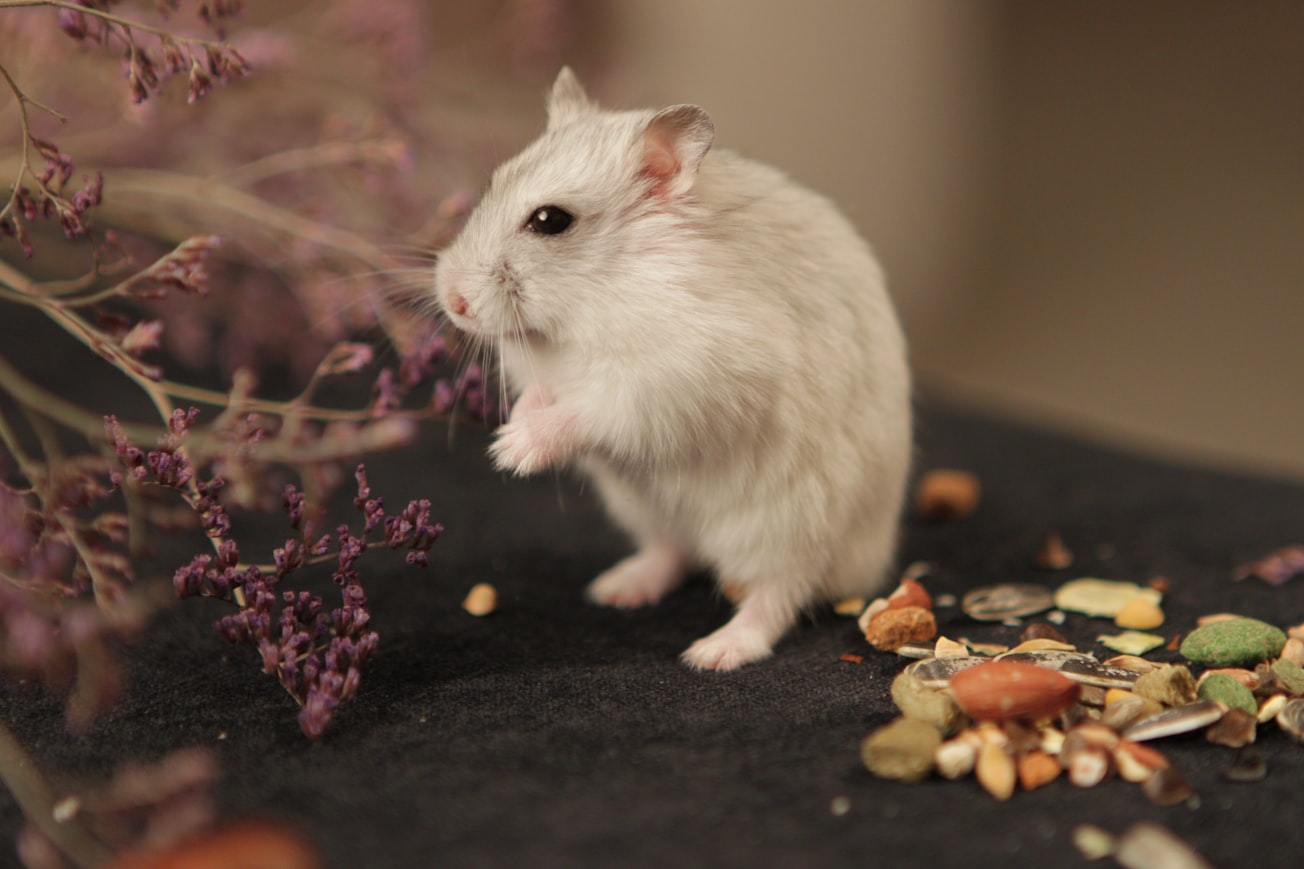What is it about?
Animal models are vital for investigating the molecular mechanisms contributing to metabolic dysregulation and facilitating novel drug target identification. This paper examines whether chow and purified ingredient control diets induce distinct metabolic responses, and assesses whether a mouse model with human hepatocytes (cDNA-uPA/SCID) can be a useful model of non-alcoholic fatty liver disease upon feeding a high fat diet.
Featured Image

Photo by Doina Gavrilov on Unsplash
Why is it important?
Non-alcoholic fatty liver disease (NAFLD) is the most prevalent chronic liver disorder worldwide. Some differences exist between mouse and human hepatocyte physiology. Developing a mouse model with human hepatocytes reflects better the physiological response to nutrients.
Read the Original
This page is a summary of: Insights from a high-fat diet fed mouse model with a humanized liver, PLOS One, May 2022, PLOS,
DOI: 10.1371/journal.pone.0268260.
You can read the full text:
Contributors
The following have contributed to this page







